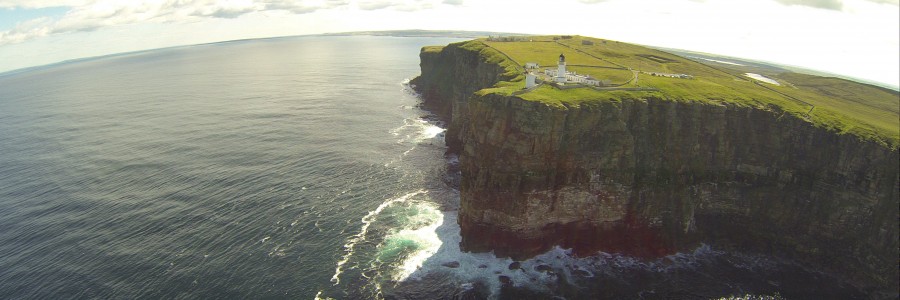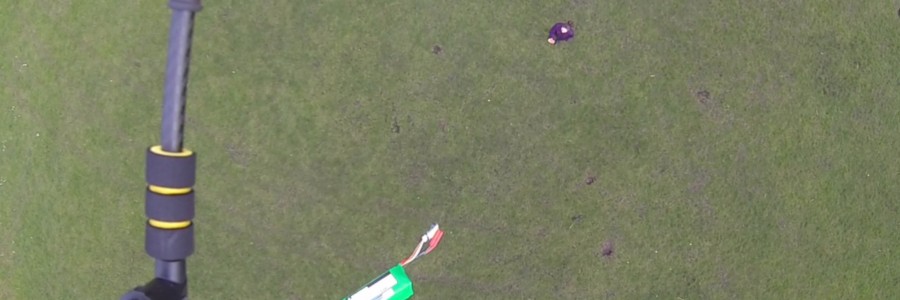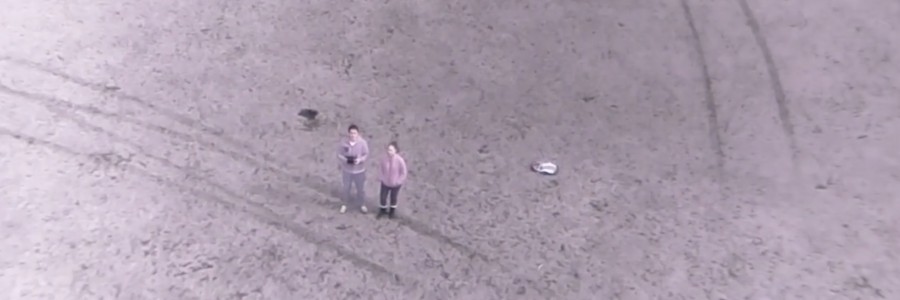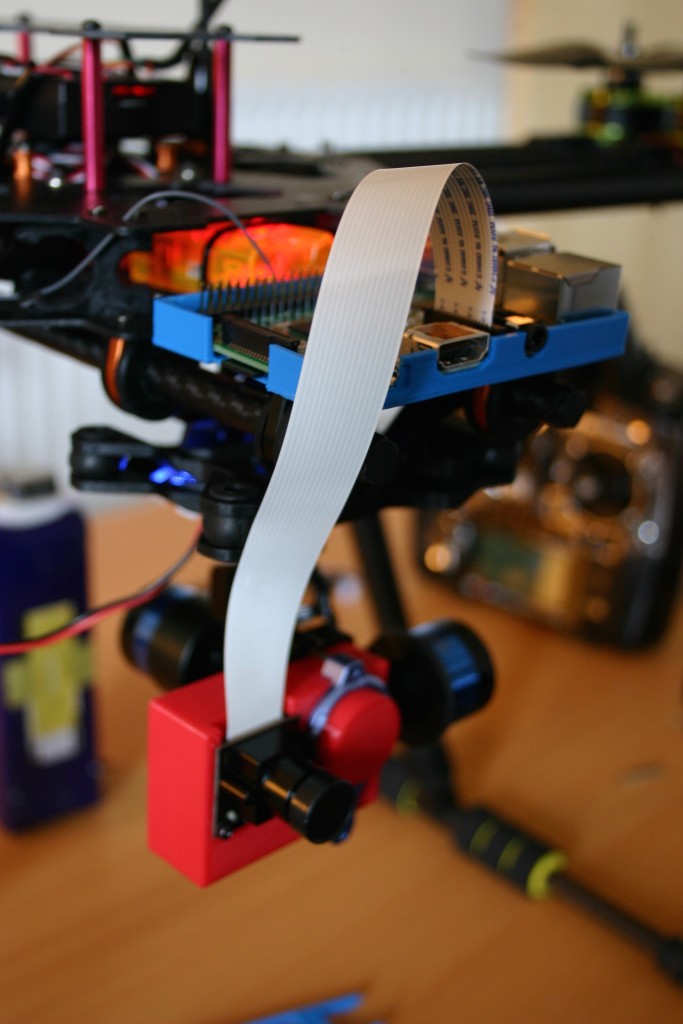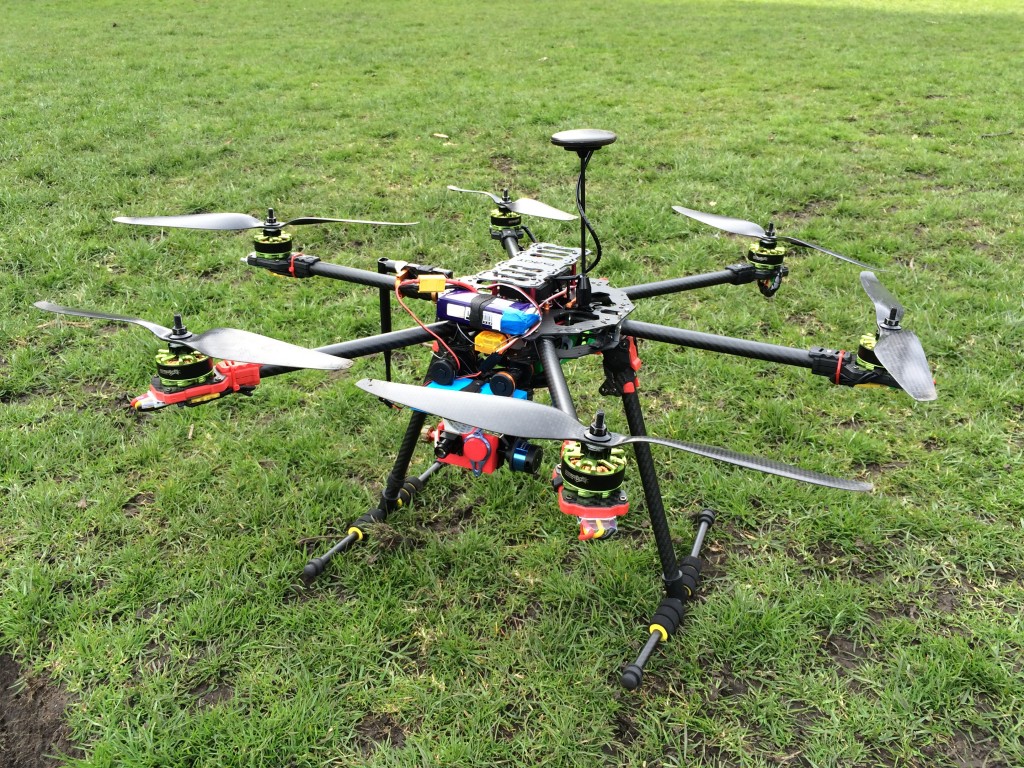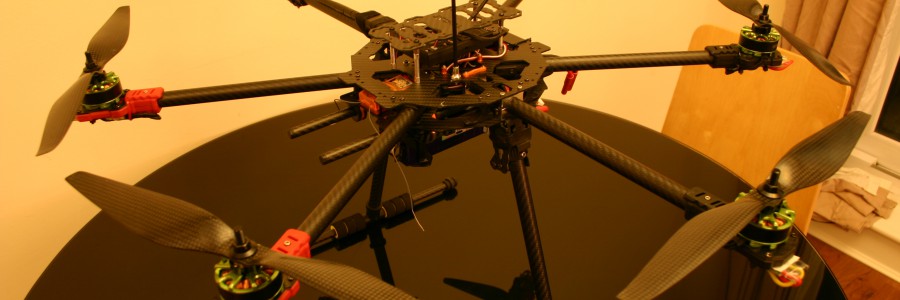This great Scottish summer, I did a small road-trip to the highlands with a few friends and my trusty hexacopter.
We did a stop in a place called Dunnet Head, which is a peninsula in Caithness, on the north coast of Scotland, that includes the most northerly point of the mainland of Great Britain. Its has an awesome cliff which is only possible to see if you’re in a boat or using a drone 😉
It was close to 11 am, I started to get my vehicle ready, the weather was almost perfect, sun, no rain and just 17 kph of wind speed (the highest wind speed I have tried is 22 kph…). But of course… I was about to fly above the Atlantic Ocean!!! any wind speed is undesirable.

This mission is without doubt the most risky one I have ever done, the problem involved here is that if something failed, a prop, GPS, a ESC, whatever… my vehicle was not going to just crash, it was going to be lost FOREVER. There is no way to get down that cliff (with no equipment) and by the time I could reach it in a boat, maybe it was 20-30 meters underwater, so, if there is fail, is game over.
Then why do I do this? you must think… Is just because I like to test my vehicles to the maximum and I trust them. Oh, by the way, I build this one, is not just a 1000 usd DJI Phathom thing… Its a vehicle I have dedicated hours and hours of designing, building and testing, this was the vehicle’s ultimate test.
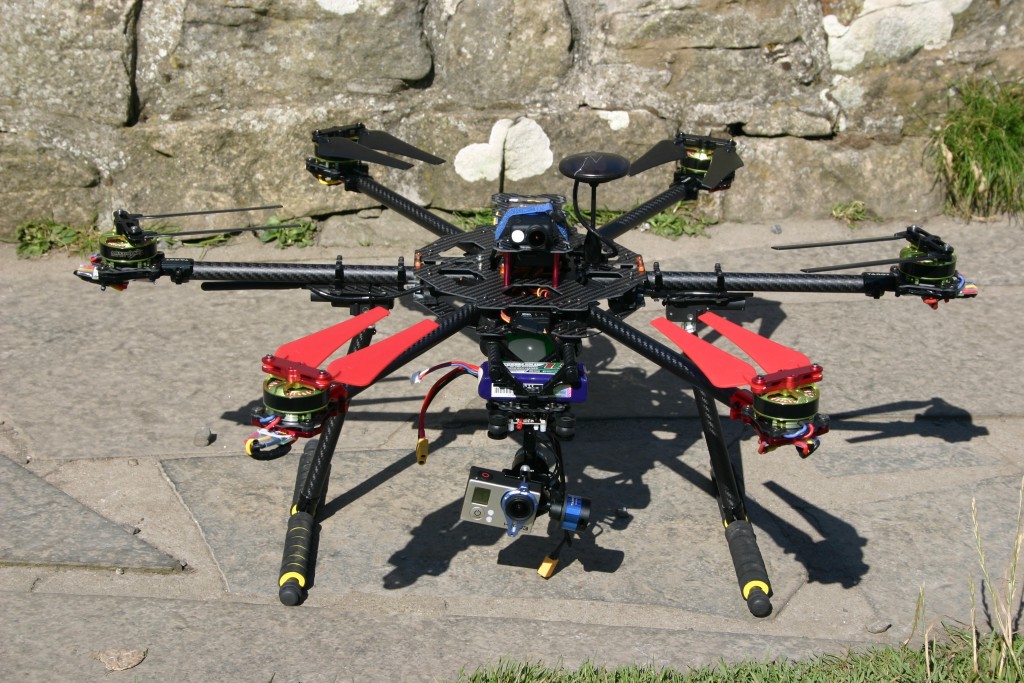
The vehicle is almost everything in carbon fibre, and you can see the specifications here. A interesting fact about this one is that is using foldable props of 12 in, the usual size for this type of propeller is 15in.
So, I had my crew (The gang) to help me doing crowd control and warn me of some danger that me as a pilot cannot see easily. Thanks Tania, Dalila and Rob you guys rock!
I did a, what I thought, it was going to be a small automatic mission, because is easier for the vehicle to do a nice flight that me being at 300 meters away with no FPV gear. The mission was approximate 900 meters in total length and it was going to be done in 5 min.
Mission analysis
After do pre-flight tests, and check connections and the vehicle overall, the take off was very sweet and controlled. Loiter was holding great against the wind. I switch to stabilise and started to fly myself outside of the safe area (away from the cliff’s land) this was in order to take care of the possible big wind gusts in the edge of the cliff. Everything went great. Started to do some loitering to take nice videos, 360s and tilted the gimbal to see the danger under the vehicle (don’t forget to check the video).
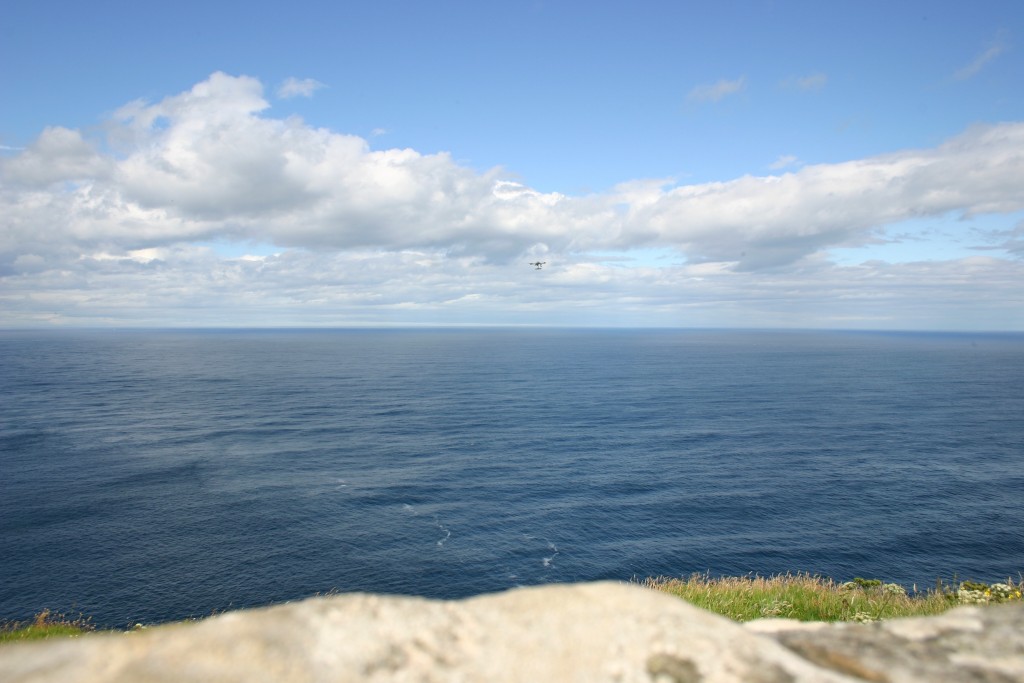
The automatic mission started, I was checking how was performing with the telemetry link to my tablet, first WP’s went great, it started to turn towards Orkney and then… I heard my tablet saying “Mode Land”!!!
Of course that mode takes time and goes down very slow, and the pilot can override it by switching modes, at that moment I knew the mission was over and the next thing to do is get it back safely. I switched modes to stabilise and by checking the heading on my tablet to make it point towards me, I did full pitch forward… The vehicle was 363 meters away from me, I could barely see it, my tablet was super helpful. At the end I was able to bring it back safely and I actually continued flying until the battery was almost dry.
The logs showed that there was a EKF variance (Extended Kalman Filter) which is being used as the primary source for attitude and position estimates. This check will trigger when the EKF’s compass and velocity “variance” are higher than an specific value, and this is what happened. The vehicle was flying in a mode that requires GPS (Auto) so the vehicle will switch to “pilot controlled” LAND… not very cool in this kind of situations.
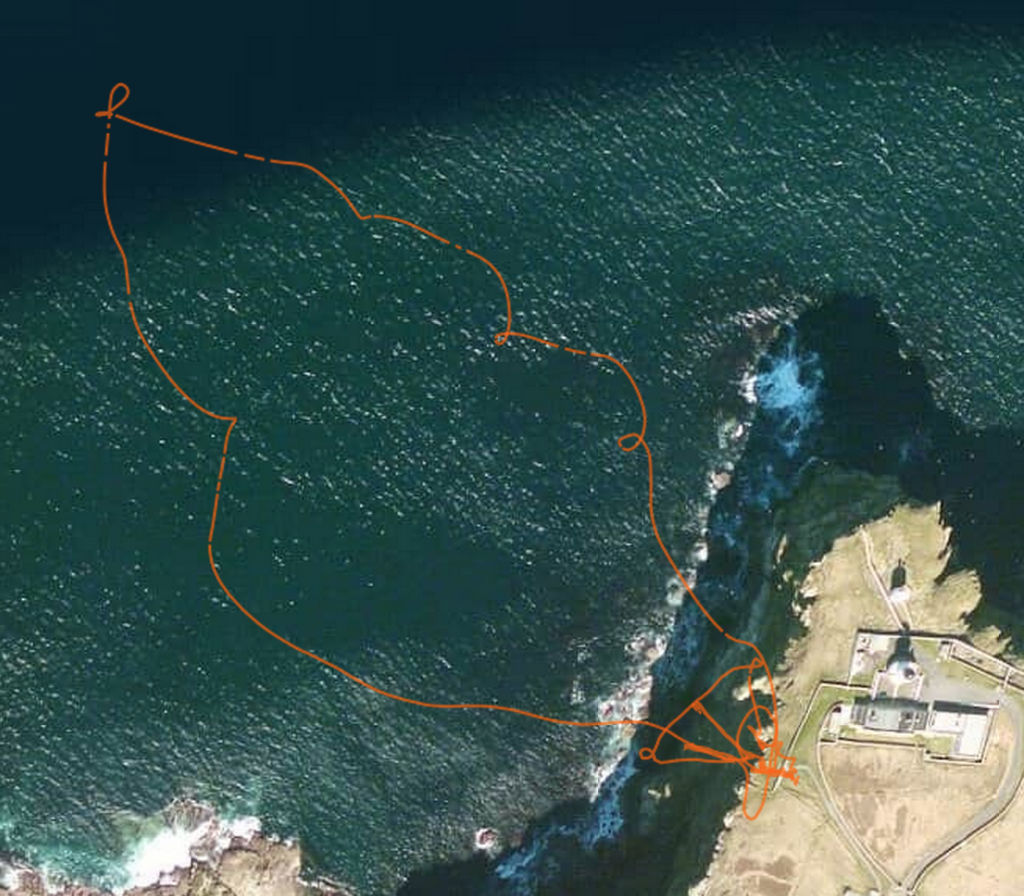

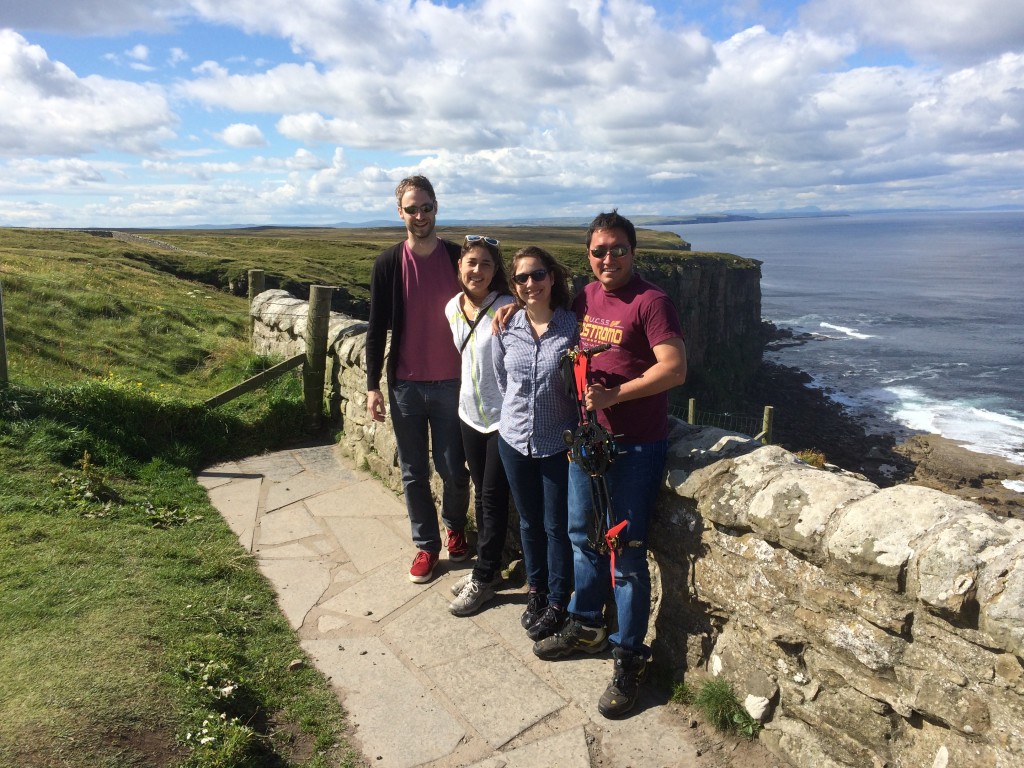
The vehicle performed excellently (except for that variance…) and I was able to get very nice footage to show it to you guys, my readers. So, please check the next video and enjoy:
